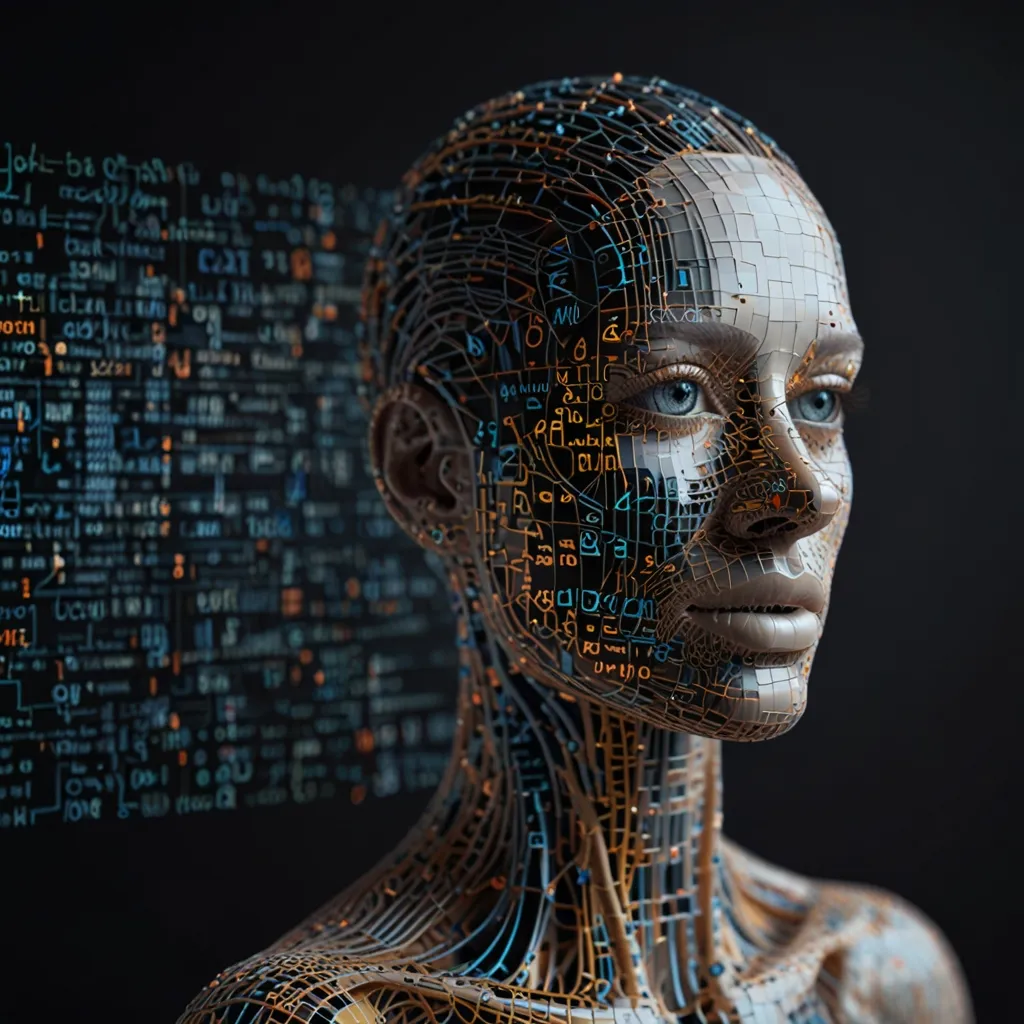Understanding how ChatGPT works can be fascinating. Essentially, it predicts the most likely words to follow by comparing your input with a massive amount of data. This data includes billions of web pages, books, and other texts, forming a deep learning neural network.
To put it simply, think of it as a multi-layered weighted algorithm that mimics the human brain’s workings. This algorithm allows ChatGPT to learn from patterns and relationships within the text data. It then uses this learning to generate human-like responses by predicting what the next chunk of text should be in a given context.
Unlike the basic predictive text on your phone, which guesses the next word based on a few letters, ChatGPT goes much further. It creates fully coherent sentences and even entire paragraphs, maintaining a flow that responds naturally to your input. This capability results in responses that feel genuinely conversational and fluent.






